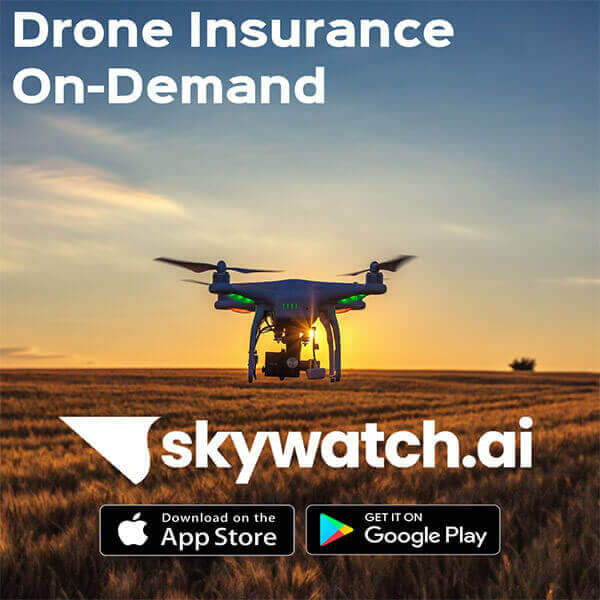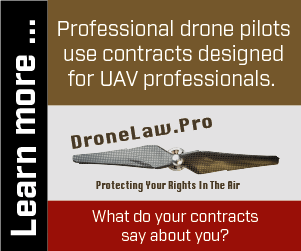Skye Link Business Advice March 15, 2021
Why Use Drones For Detailed Aerial Commercial Roof Inspections?
In the past, the only way to conduct a thorough and accurate commercial roof inspection was to climb and survey the roof on foot. Thanks to technology innovations such as drones, aerial thermography, and powerful data analytics software, commercial roof inspections can be conducted much more safely, quickly, and cost-effectively.
The fact that drones enable roof surveys to be effectively done from the ground is a huge boost to the safety of both roofers and insurance adjusters alike while not compromising on the accuracy of roof measurements. Regardless of the type or steepness of the roof, drones equipped with high-resolution visual sensors capture images that can be processed by a cloud-based 3D modeling software to render detailed 3D models providing all the information on all roof areas, facets, pitches, etc. Not only is obtaining these accurate roof measurements using a drone safer, but it is much more efficient than having a 2 man team spend an entire day surveying a roof when a drone can capture all images needed to produce these measurements in as short as a half-hour.
In addition to visual drone inspections, other imaging types such as FLIR infrared sensors can be utilized for commercial roof inspections to provide another level of data that can be used for a commercial roof inspection or commercial roof claims. Our preferred thermal sensor a Skye Link is the radiometric Zenmuse XT/XT2 640×512 sensor that can be equipped to the DJI Matrice, which allows us to capture both visual and thermal data sets simultaneously. These data sets can be crossed referenced to provide detailed damage assessment reports of the roof.

Furthermore, the thermal drone inspection data is very useful for identifying potential leaks on commercial roofs as well as providing detailed temperature data that can be leveraged to locate problem areas. Additionally, infrared moisture maps of the commercial roof can be created for insurance claims and/or referenced by roofers for project planning purposes.
There are a handful of roof types that cannot be inspected using thermography. Infrared sensors work by identifying radiation coming from an object and converting it to a temperature. That object needs to be able to absorb and emit the radiation in order for the thermal sensor to detect it. Some roof types that are impossible to effectively conduct an infrared aerial drone inspection of:
- IRMA Roofs (Inverted Roof Membrane Assembly)
- Metal roofs (except to see the rust and stains, or survey from under-roof)
- Shingled roofs (except under-roof to find water on inside surfaces)
- Highly reflective aluminum coatings
- Non-insulated roofs New and relatively new roofing system installations with closed-cell foam or foam glass insulation (see explanation below)
Skye Link’s Commercial Roof Drone Inspection Services:
- High-resolution visual imaging to document exterior roof conditions
- Detailed roof measurements: Providing CAD compatible files and PDF reports that break down all critical roof information including detailed measurements on all facets, pitches, hips, ridges, eaves, including lengths and dimensions of all.
- Roof damage assessment reports highlighting damages from storms such as wind, hail and other problem areas.
- Thermal drone inspections: Infrared aerial imaging of commercial roofs to identify leaks, potential hazards, and create moisture maps.

Why Skye Link? We are a national drone service company for Insurance and Roofing. Our drone service platform streamlines aerial drone inspections including residential aerial property inspections, commercial roof drone surveys, aerial roof inspections, thermal mapping and infrared inspection for commercial roofing.
Interested in Learning More? Let’s Connect!
Talk to our professional team to get your questions answered and begin utilizing the power of drones and aerial data to effectively identify, monitor, and inspect commercial roofs.


